Systems Engineering and Project Management: Key Principles
VerifiedAdded on 2023/04/20
|20
|1292
|159
Presentation
AI Summary
This presentation provides an overview of systems engineering and its relevance to project management, emphasizing systems thinking as a holistic approach to analysis. It covers the fundamentals of systems thinking, including interconnectedness, synthesis, emergence, feedback loops, causality, and system mapping, highlighting their importance in innovation through rapid learning, adaptation, impact, and innovation. The presentation also discusses systems engineering characteristics such as a holistic approach, domain knowledge, risk management, and complexity management, alongside dimensions like multidisciplinary teams and system modularization. Furthermore, it elaborates on the system life cycle, from feasibility and analysis to design, implementation, and maintenance, noting the relevance of systems engineering to project management and concluding with the importance of an exploratory stage in complex system engineering. Desklib provides access to similar presentations and solved assignments for students.
1 out of 20

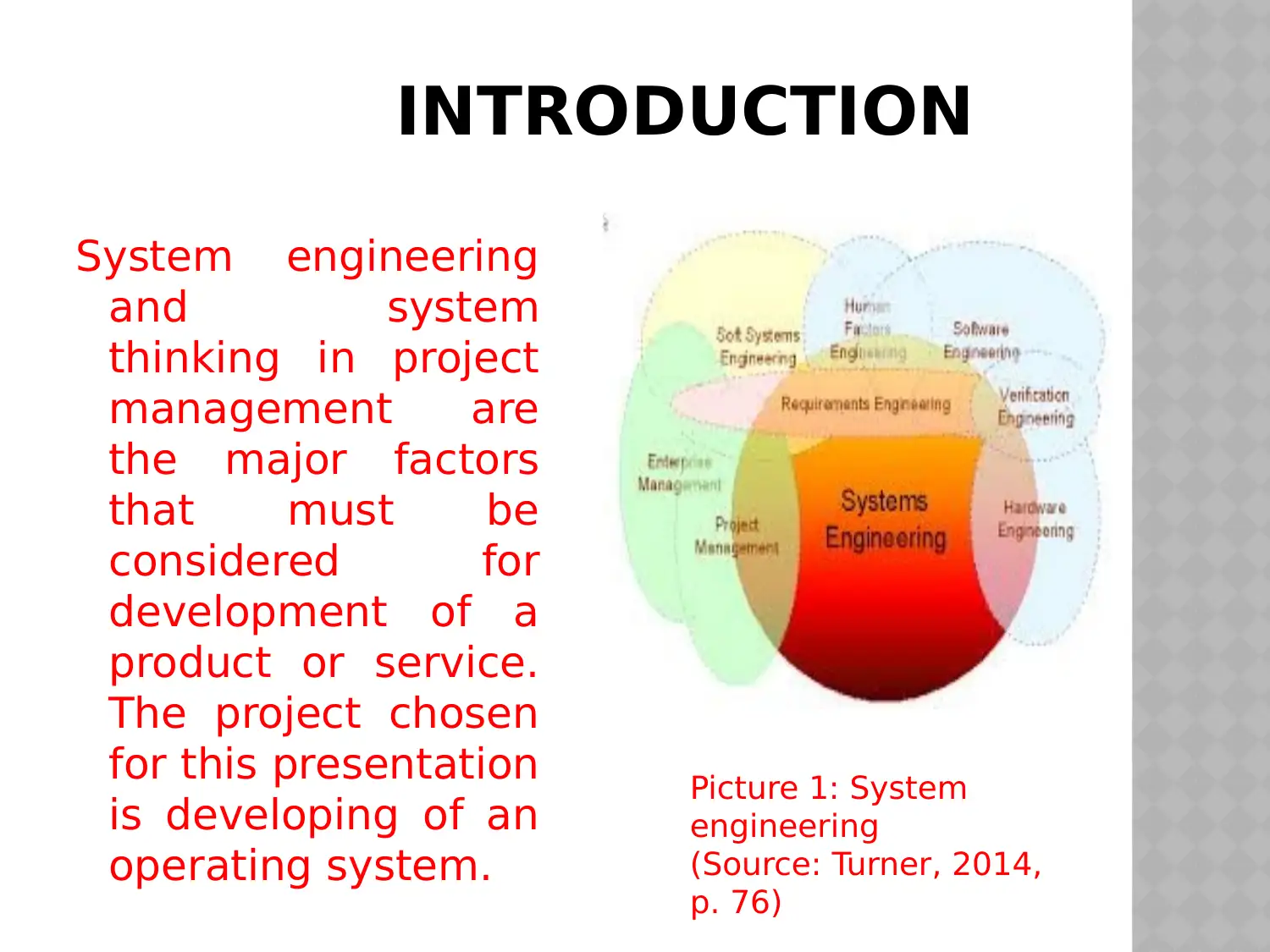
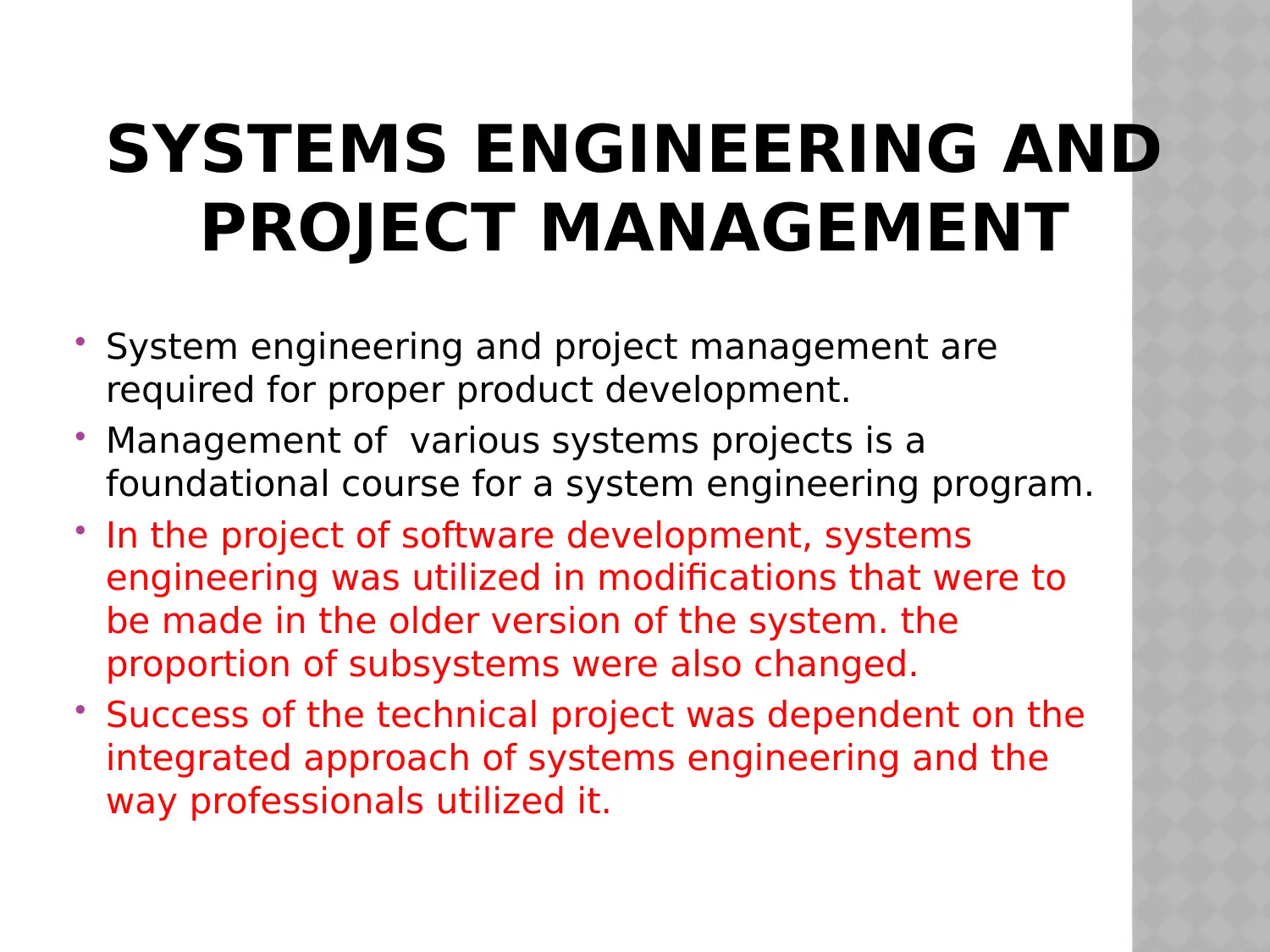

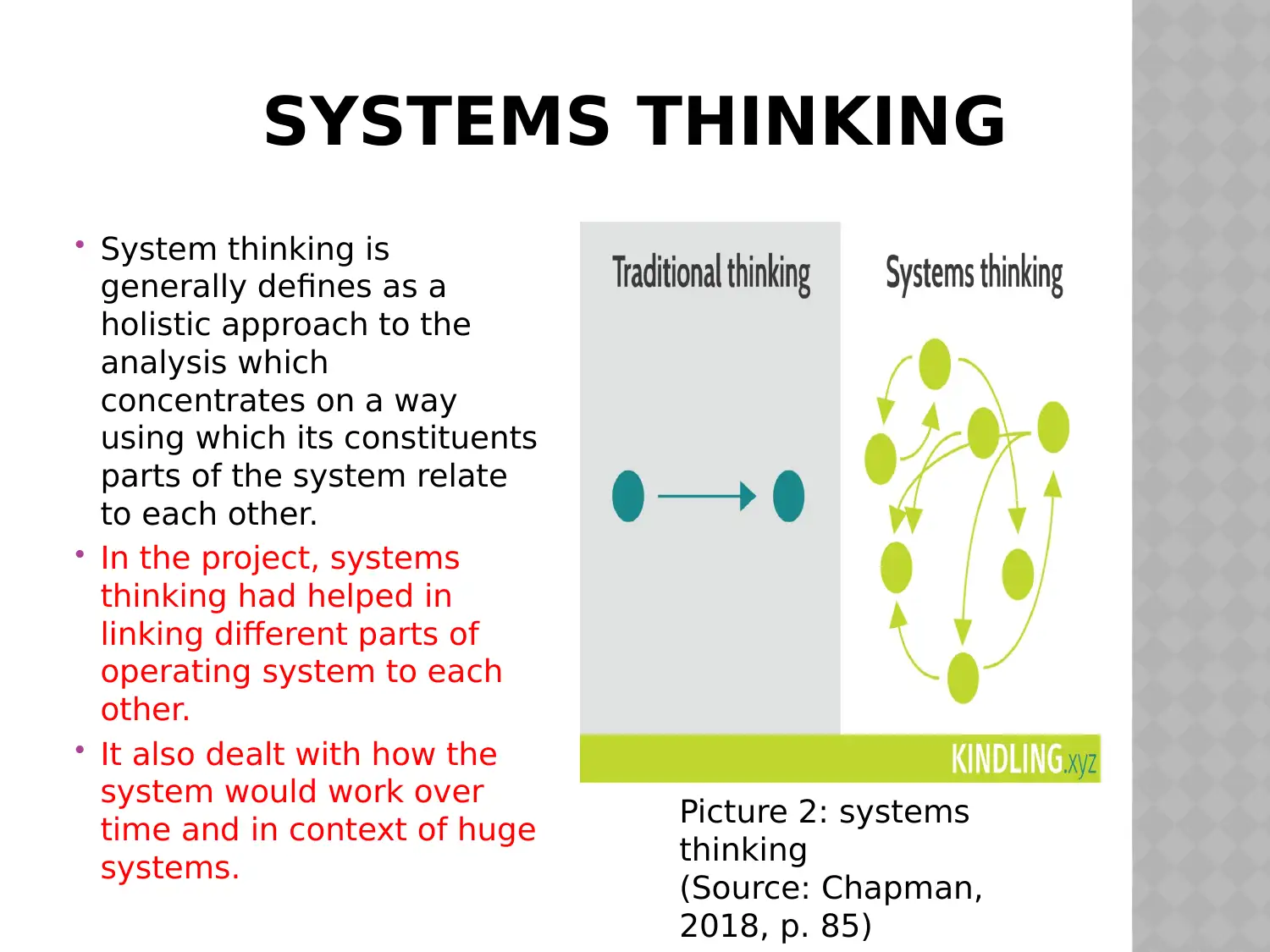
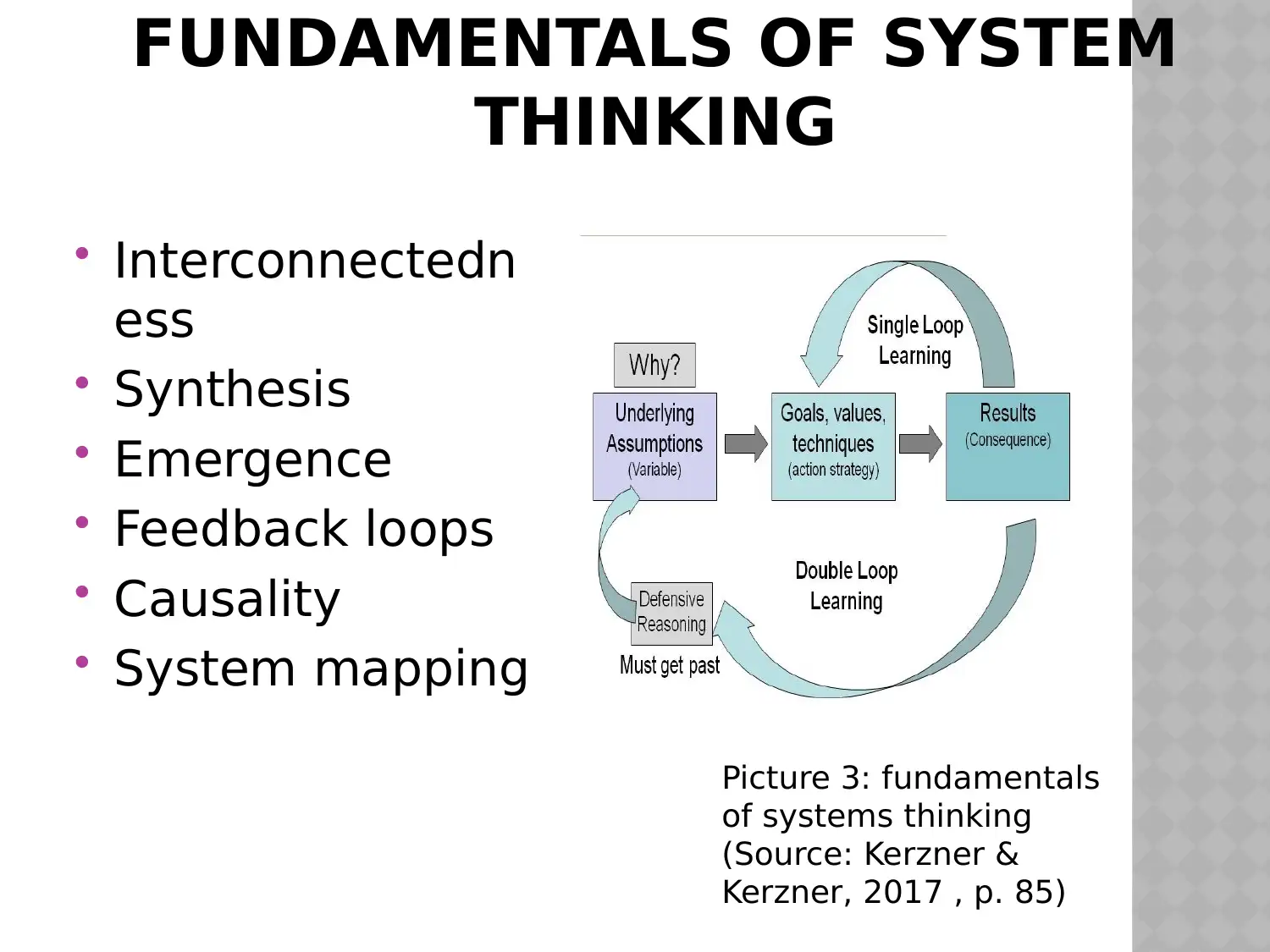
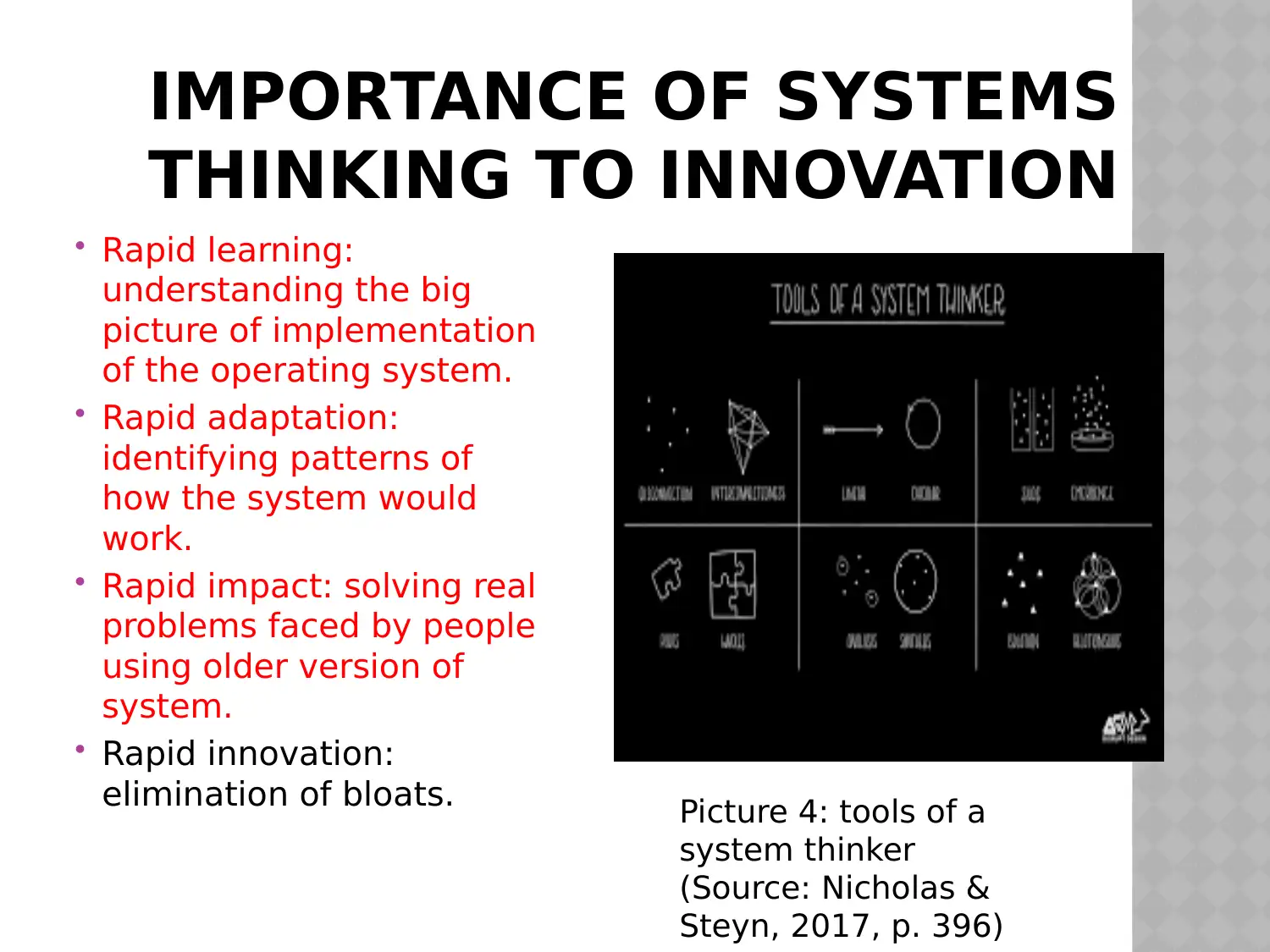
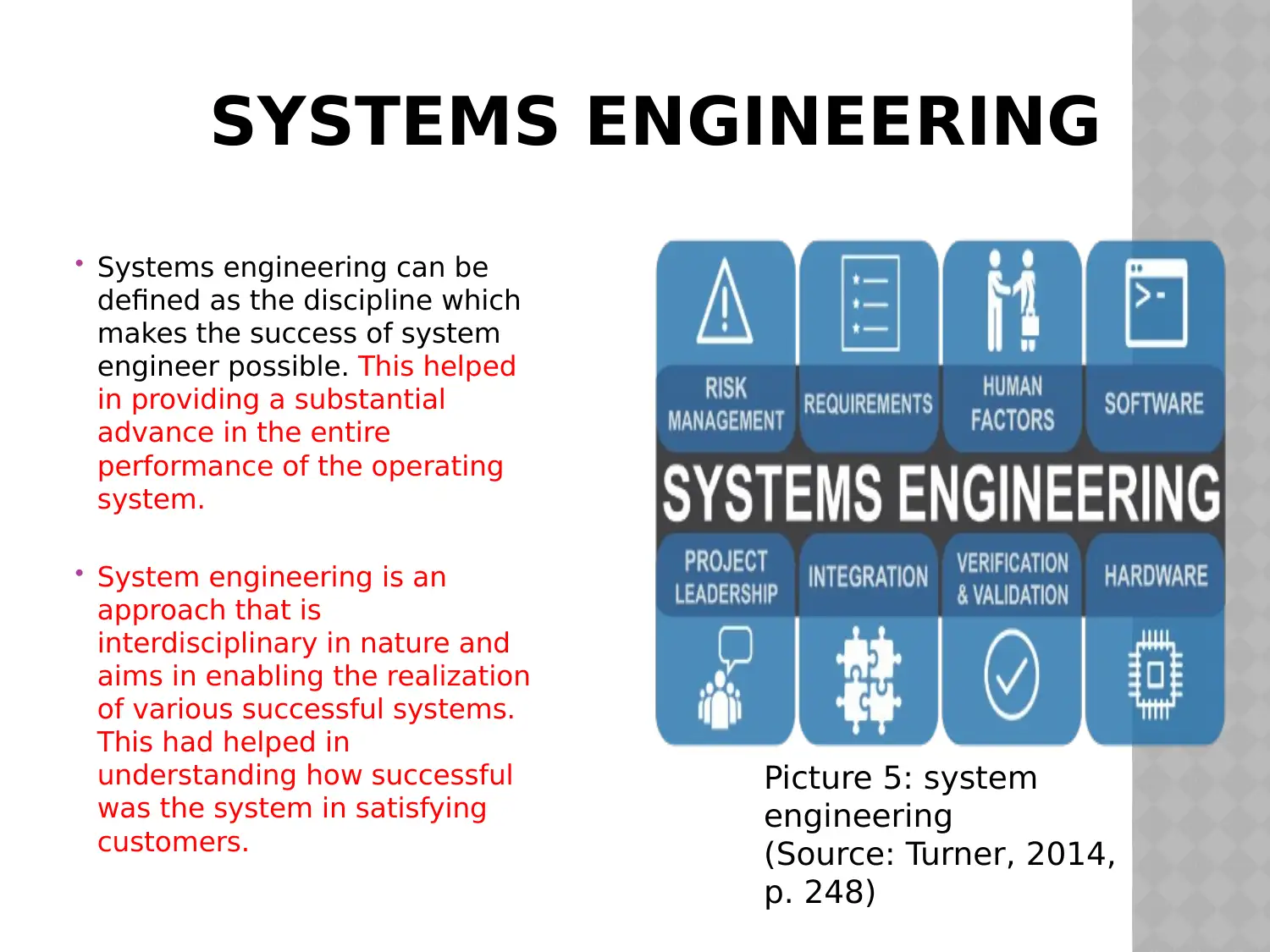
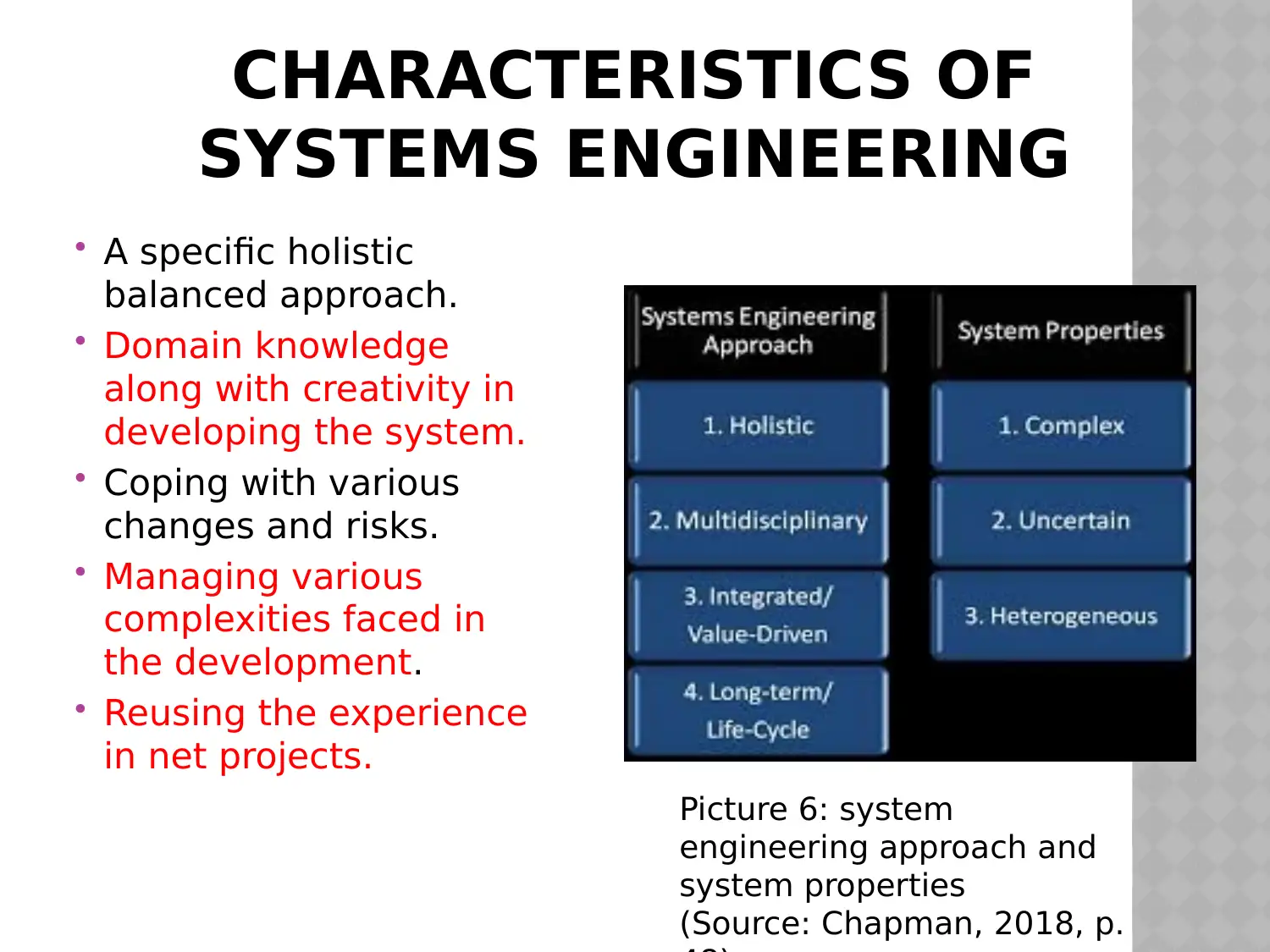
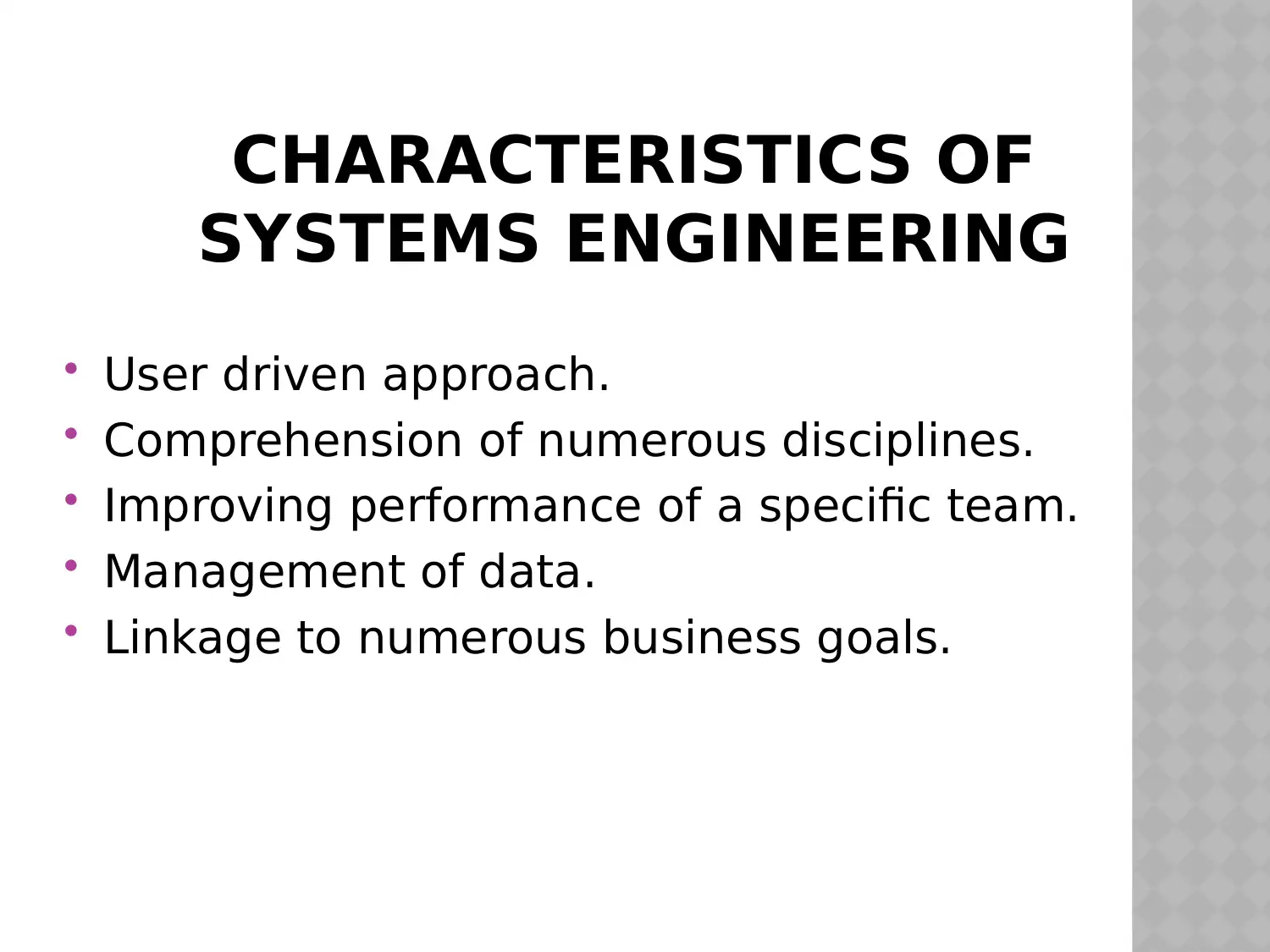
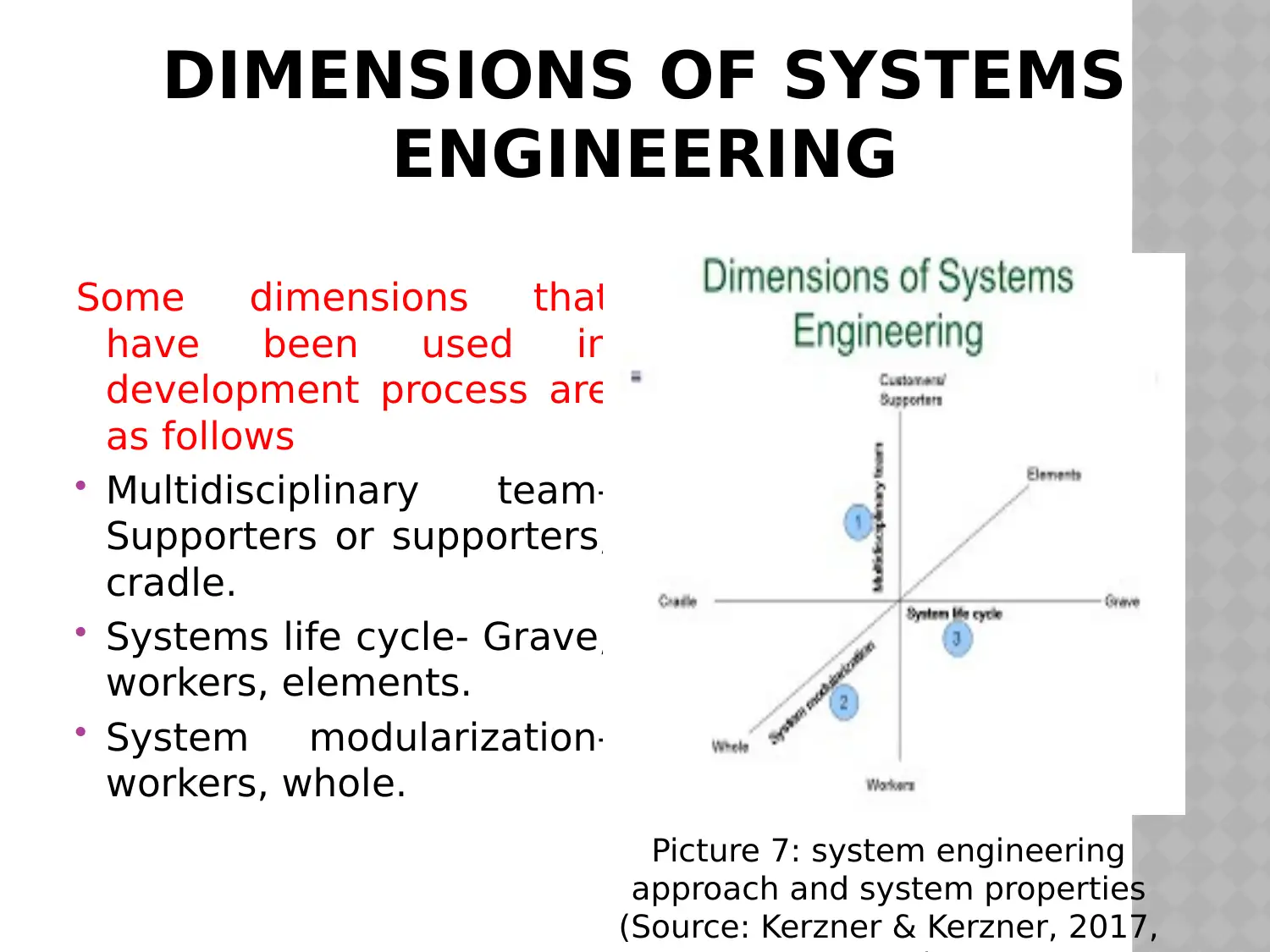
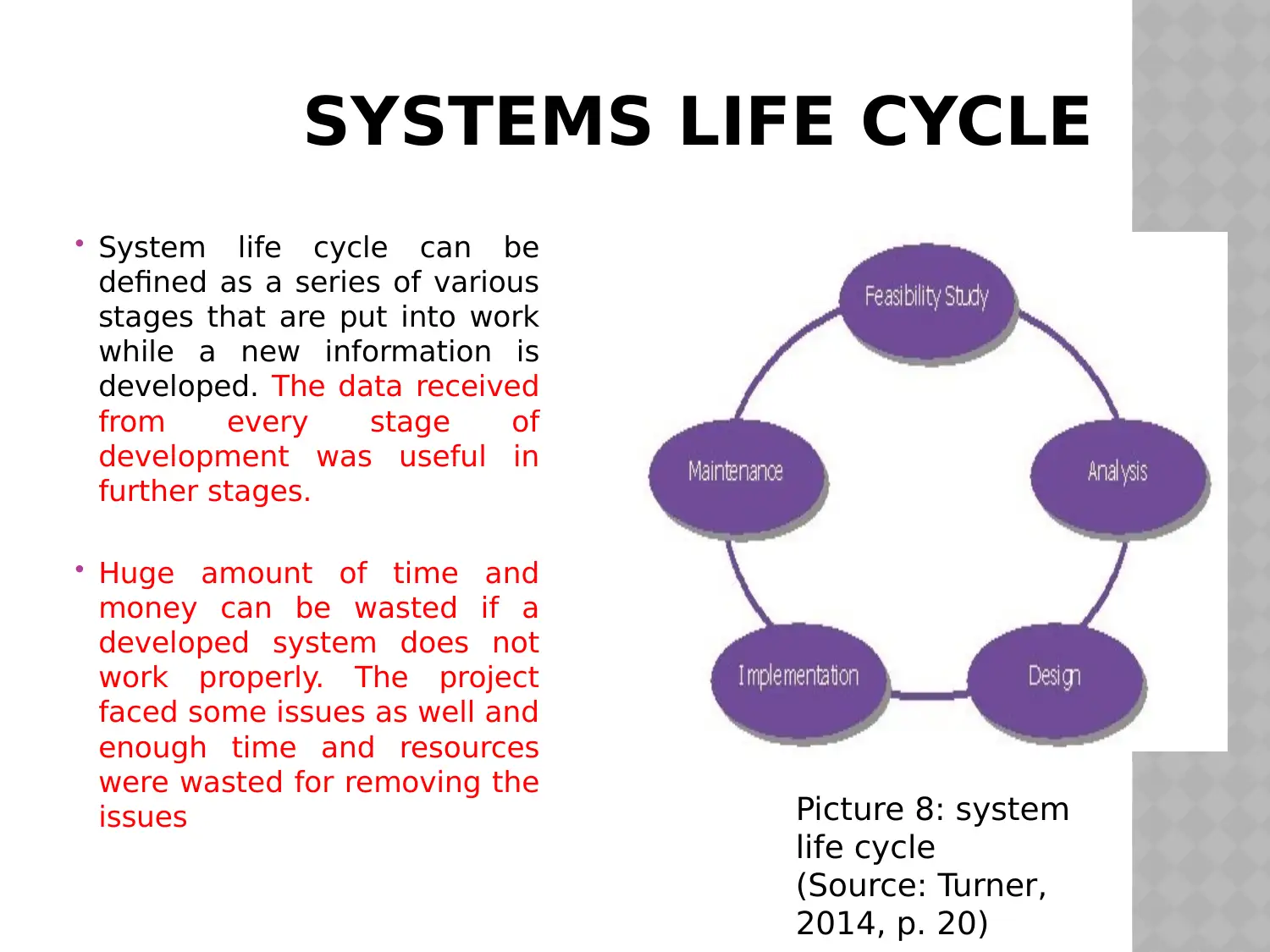
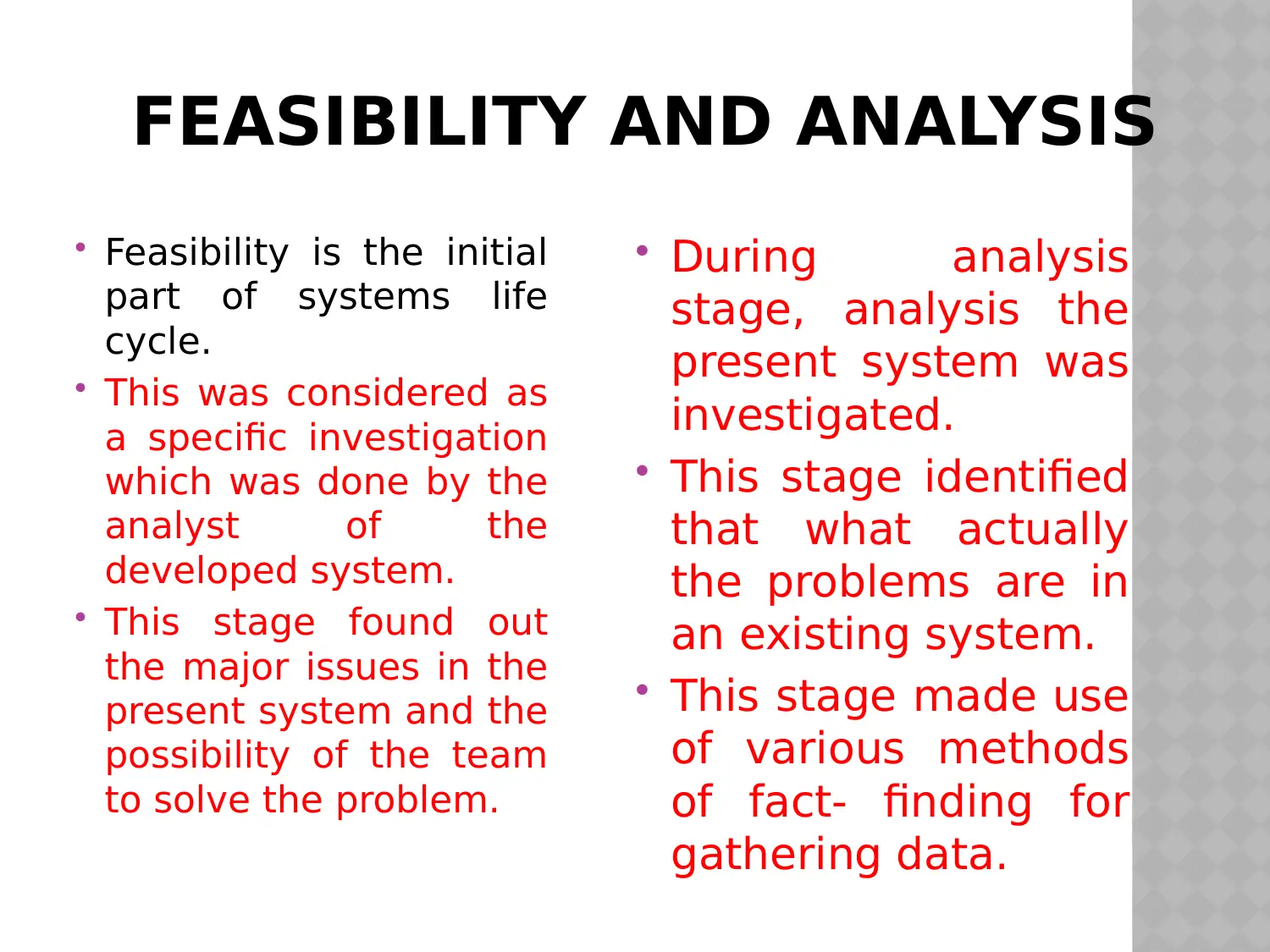






![[object Object]](/_next/static/media/star-bottom.7253800d.svg)